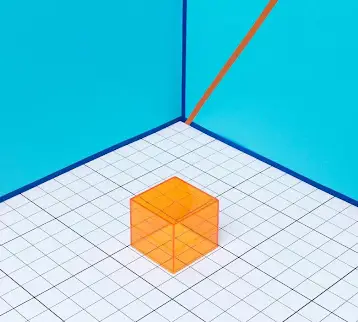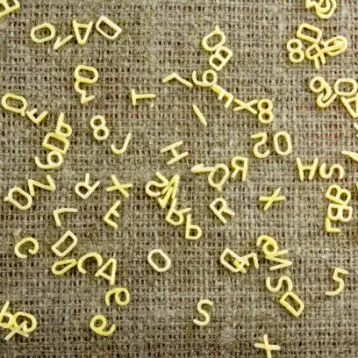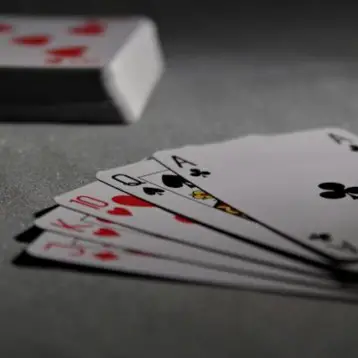The Nokia Eco Sensor concept consists of two parts – a wearable sensor unit and a mobile phone. The sensor unit monitors and analyzes the wearer’s health, environment and local weather and can be customized to monitor and display other specific data as well. The environmental monitoring option senses atmospheric gas-levels and has an ultraviolet radiation sensor.
Solar cells provide the energy necessary for the sensor unit, which can be worn on the wrist or around the neck. By using NFC technology (near field communication), the information collected by the sensor will be relayed from the sensors to the phone. Usually, in our everyday routine, we are not constantly aware of the environment. The sensor unit is meant to keep us aware of our surroundings and of the importance and consequences of our actions.
In order to produce screens that consume less energy than LED or OLED display units, Nokia chose to use electro-wetting technology. In this technology electrical voltage is applied to tiny droplets of oil, causing them to expand and contract. When compressed under the display glass, the expanding oil droplets produce an effect similar to a pixel “lighting up”.
The Eco Sensor Concept is based on the “three R’s” – reduce, reuse and recycle. In order to make the phone more compact, printed electronics – another innovative technology- will be used. This technology allows the use of smaller components, which are produced by printing electrically conductive inks (nanoinks) onto surfaces using standard printing processes. In order to reduce the use of non-renewable materials in the phone’s construction, Nokia plans to use bio materials, such as polylactic acid (PLA), and plastics with plant or other biomass-based modifiers. Finally, Nokia states that the phone’s casing will be made from 100% reclaimed steel.
TFOT recently published an article covering the topic of green computing, the study and practice of efficient and eco-friendly computing resources. This field has now drawn the attention not only of environmental organizations, but also of businesses from other industries. TFOT also covered a few innovative concepts regarding mobile phones, such as the world’s first WCDMA/GSM dual mode pocket PC phone, named “Twins”, and a flat pad developed by WildCharge, which includes a thin conductive surface that can wirelessly charge a variety of gadgets, such as cell phones and MP3 players. You can also read about Reverse Phone Lookups which can help users prevent unwanted calls.
More information on the Eco Sensor Concept can be found on Nokia’s website.










